Introduction
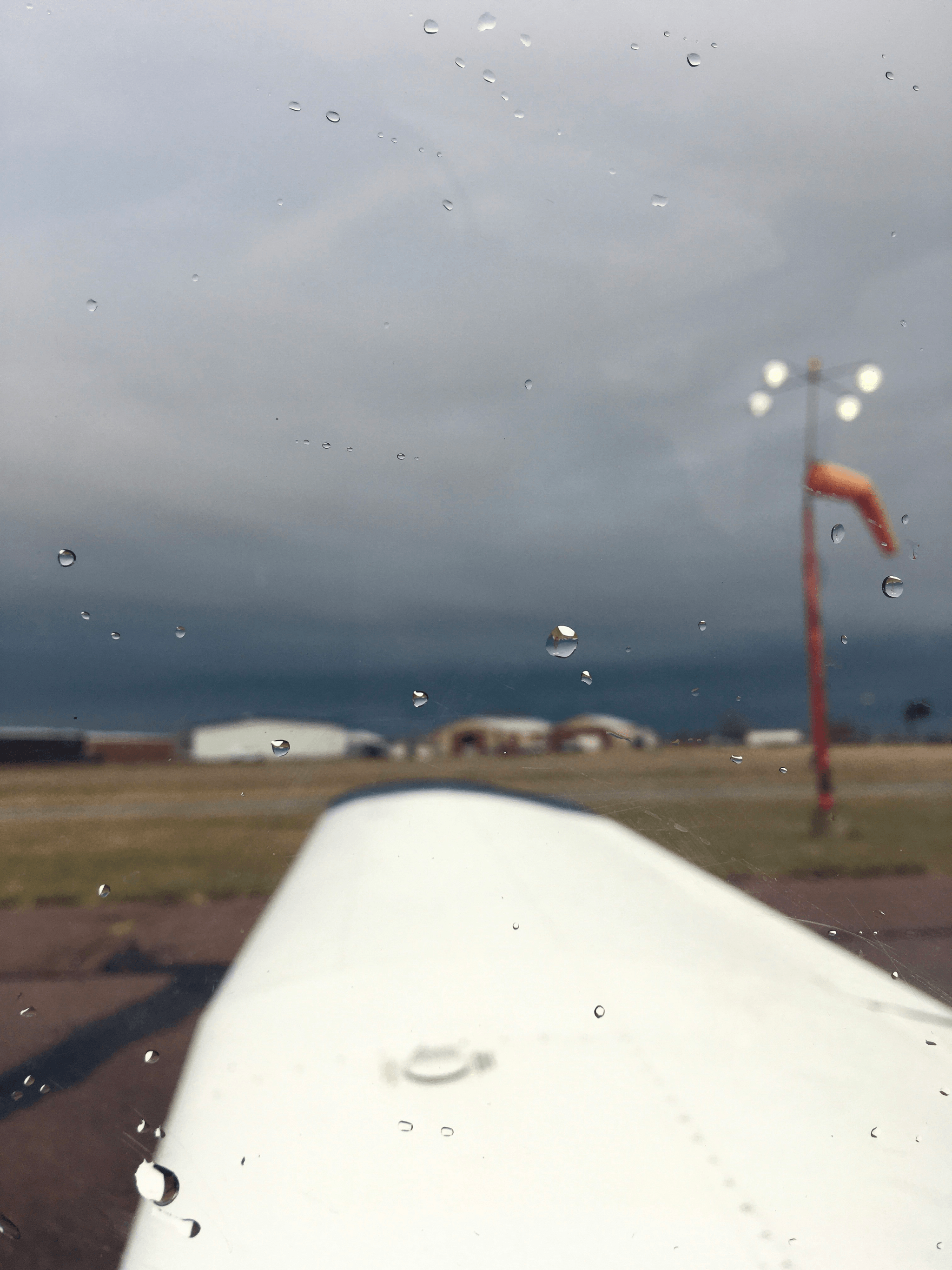
In the world of aviation, understanding AWOS weather systems is crucial for ensuring smooth and safe flight operations. AWOS, or Automated Weather Observing System, plays a vital role in providing real-time meteorological data that pilots and air traffic controllers rely on to make informed decisions. As we delve into the intricacies of these systems, we will explore what AWOS is in meteorology and how it enhances flight safety.
Understanding AWOS Weather Systems
AWOS weather systems are advanced technologies designed to automate the collection of weather data at airports. These systems continuously monitor essential atmospheric parameters such as temperature, wind speed and direction, visibility, cloud height, and atmospheric pressure. By providing accurate and timely information about current weather conditions, AWOS helps pilots gauge whether it’s safe to take off or land.
The Role of Real-Time Data in Aviation
Real-time data is the backbone of modern aviation safety protocols. With the ability to access instantaneous weather updates from AWOS systems, pilots can adjust their flight paths accordingly to avoid hazardous conditions like storms or low visibility. This capability significantly reduces risks associated with unexpected weather changes during critical phases of flight.
Importance of Flight Safety Enhancements
Flight safety enhancements are paramount in an industry where even minor errors can lead to catastrophic consequences. The integration of AWOS technology into aviation operations has dramatically improved situational awareness for pilots and air traffic controllers alike. Furthermore, understanding the difference between an ASOS (Automated Surface Observing System) and AWOS is essential for grasping how these tools contribute uniquely to flight safety—a topic we will explore further in this discussion.
What is AWOS in Meteorology?
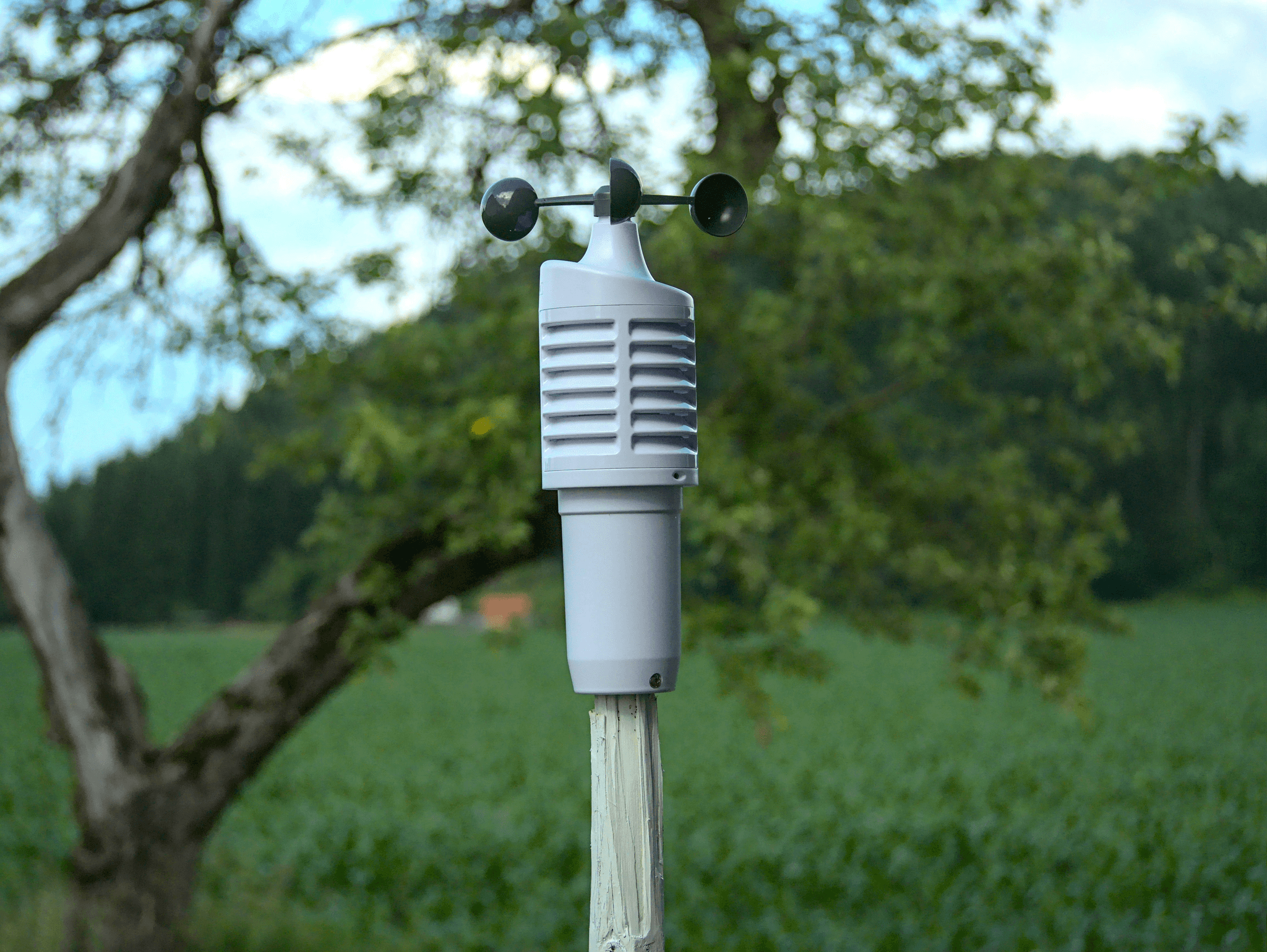
AWOS, or Automated Weather Observing System, plays a vital role in meteorology and aviation by providing real-time weather data critical for flight operations. It collects and disseminates information on various atmospheric conditions, ensuring that pilots and air traffic controllers have access to accurate data at all times. Understanding AWOS weather systems can significantly enhance flight safety and operational efficiency.
Definition and Purpose of AWOS
So, what is AWOS in meteorology? Simply put, AWOS is an automated system designed to gather and report weather information continuously. Its primary purpose is to facilitate safe aviation operations by providing up-to-date meteorological data that pilots rely on for making informed decisions during takeoff, landing, and in-flight navigation.
AWOS systems are strategically placed at airports to monitor local weather conditions around the clock. This constant flow of real-time data helps mitigate risks associated with changing weather patterns that could impact flight safety. By delivering timely updates about visibility, wind speed, temperature, and more, AWOS serves as a crucial tool for enhancing situational awareness among aviation professionals.
Components of AWOS Systems
The backbone of any AWOS installation consists of several key components that work together seamlessly to provide comprehensive weather data. These include sensors for measuring different atmospheric parameters such as temperature, humidity, wind speed and direction, visibility, cloud height, and atmospheric pressure. Each component plays a unique role in ensuring that the collected data is both accurate and reliable.
In addition to sensors, an essential part of the AWOS infrastructure includes data processing units that analyze the information gathered from these sensors. This processed data is then transmitted to pilots and air traffic control via various communication channels like radio or internet feeds. The integration of robust technology makes it possible for AWOS systems to operate independently while still maintaining high standards of accuracy.
Furthermore, many modern AWOS installations incorporate advanced features such as automated reporting capabilities which can broadcast current conditions without human intervention. This automation not only saves time but also enhances the reliability of the information shared with those who depend on it most—pilots navigating through potentially hazardous weather scenarios.
Key Parameters Measured by AWOS
AWOS systems measure several key parameters critical for aviation safety; understanding these metrics can be invaluable for those involved in flight operations. Among these parameters are temperature—essential for assessing aircraft performance—and wind speed/direction which directly influences takeoff and landing procedures. Visibility measurements are particularly important since they determine how far ahead a pilot can see during approach or departure phases.
Additionally, cloud height provides vital information regarding potential turbulence or other hazards associated with low-level flying conditions; knowing this allows pilots to plan their routes accordingly. Atmospheric pressure readings also play a crucial role as they help identify changes in weather patterns which could signal approaching storms or other significant shifts that may affect flights.
In summary, the continuous monitoring of these key parameters ensures that all stakeholders involved—pilots, air traffic controllers—have access to essential information needed for safe flight operations amidst ever-changing environmental conditions like those seen in awos weather scenarios.
Differentiating Between ASOS and AWOS

When it comes to weather observation systems in aviation, both ASOS (Automated Surface Observing System) and AWOS (Automated Weather Observing System) play vital roles. However, they serve slightly different purposes, which can be crucial for pilots and air traffic control. Understanding the nuances between these systems can enhance safety and efficiency in flight operations.
Similarities in Functionality
Both ASOS and AWOS are designed to provide real-time weather data that is essential for safe flying conditions. They measure key parameters such as temperature, wind speed, humidity, visibility, and atmospheric pressure—data that pilots rely on for making informed decisions during takeoff, landing, and navigation. The primary goal of both systems is to ensure that accurate weather information is readily available to enhance flight safety.
Unique Features of AWOS
While ASOS focuses primarily on surface observations at airports, what sets AWOS apart is its ability to provide more specialized data tailored to aviation needs. For instance, AWOS often includes additional sensors that monitor cloud heights and types or even runway conditions—information vital during adverse weather scenarios. Moreover, what is awos in meteorology? It’s a sophisticated system designed not just for data collection but also for transmitting this information directly to pilots and air traffic controllers in real-time.
Use Cases in Aviation
AWOS systems are particularly beneficial at smaller airports where advanced meteorological services may not be available. Pilots can access critical awos weather data before departure or while en route, allowing them to make timely decisions based on current conditions. Additionally, understanding what is the difference between an ASOS and awos helps stakeholders choose the right system based on their specific operational needs—whether it’s routine flights or emergency landings requiring precise weather updates.
AWOS vs. AWSS: What You Need to Know

When diving into the world of aviation weather systems, distinguishing between AWOS and AWSS is essential for both pilots and air traffic controllers. While both systems aim to provide vital weather information, they do so in slightly different ways. Understanding these differences can significantly impact flight safety and operational efficiency.
Overview of AWSS Systems
AWSS, or Automated Weather Sensor Systems, are advanced meteorological tools designed to enhance the accuracy of weather data collection at airports and other critical locations. Much like AWOS weather systems, AWSS provides real-time observations; however, it incorporates more sophisticated technology for data processing and transmission. These systems are crucial for ensuring that pilots receive timely updates on changing weather conditions that could affect their flight paths.
Key Differences Between AWOS and AWSS
One of the main differences between What is Awos in meteorology? and What is the difference between Awss and Awos? lies in their operational capabilities. While both systems measure similar parameters such as temperature, wind speed, visibility, and atmospheric pressure, AWSS tends to offer more detailed data due to its advanced sensors and algorithms. Additionally, unlike standard AWOS setups that may be limited in scope or functionality, an AWSS can integrate with other aviation technologies for a more comprehensive overview of weather conditions.
Impact on Flight Safety and Decision Making
The distinctions between these two systems have profound implications for flight safety and decision-making processes within aviation operations. For instance, having access to precise data from an awos 3 in aviation system allows pilots to make informed choices about takeoffs or landings during adverse weather conditions. Consequently, understanding What is the difference between an ASOS and awos? helps clarify how each system contributes uniquely to maintaining safe skies.
AWOS 3 in Aviation: An In-Depth Look
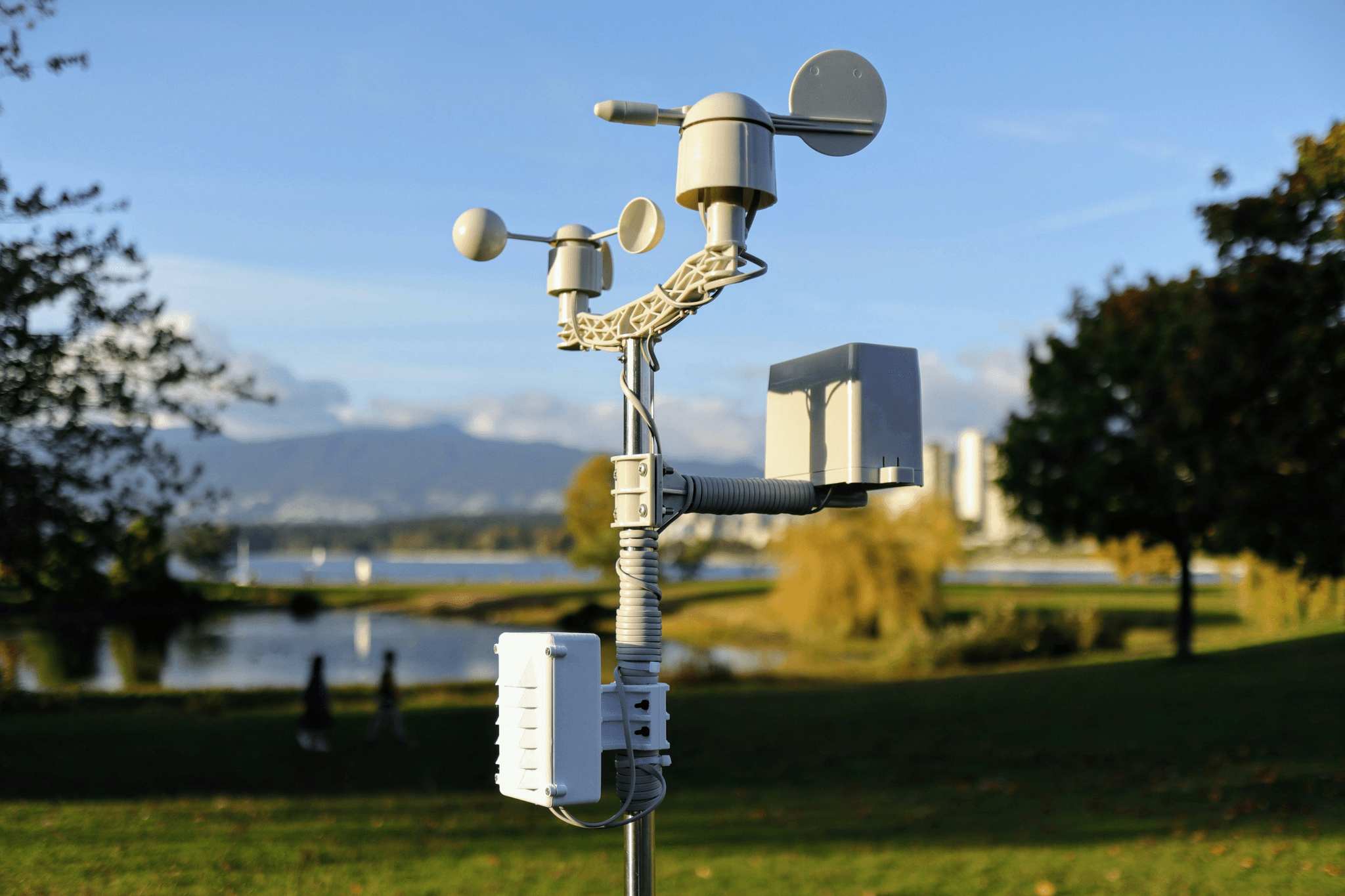
AWOS 3, or Automated Weather Observing System 3, represents an advanced iteration of AWOS technology tailored specifically for aviation needs. It is designed to provide comprehensive weather data that is critical for flight operations. By integrating various sensors and real-time reporting capabilities, AWOS 3 enhances the overall safety and efficiency of air travel.
Features of AWOS 3 Systems
AWOS 3 systems are equipped with a range of sophisticated features that make them indispensable in aviation meteorology. These systems measure critical parameters such as temperature, wind speed and direction, visibility, cloud height, and atmospheric pressure—essential data points that address the question: What is AWOS in meteorology? Additionally, AWOS 3 can transmit this information directly to pilots and air traffic control in real-time, ensuring that decision-makers have access to the most current weather conditions.
Another notable feature of AWOS 3 is its ability to generate automated reports at regular intervals. This function helps maintain a continuous flow of information about changing weather conditions. Furthermore, these systems are designed to operate autonomously with minimal human intervention while still providing accurate and reliable data essential for safe flight operations.
Benefits for Pilots and Air Traffic Control
The benefits of AWOS 3 for pilots and air traffic control cannot be overstated. For pilots, having access to real-time weather data helps them make informed decisions regarding flight paths and landing approaches—key factors in ensuring safety during takeoff and landing phases. The precise measurements provided by AWOS weather systems allow pilots to adjust their strategies based on current conditions rather than relying solely on forecasts.
Air traffic controllers also greatly benefit from the detailed weather reports generated by AWOS 3 systems. With accurate information at their fingertips, they can manage air traffic more effectively by anticipating potential delays or hazards due to adverse weather conditions. This capacity not only enhances operational efficiency but also contributes significantly to overall flight safety.
Enhancing Operational Efficiency with AWOS 3
AWOS 3 plays a pivotal role in enhancing operational efficiency within aviation environments. By providing timely updates on changing weather patterns, it enables airlines to optimize flight schedules and routes—addressing questions such as What is the difference between ASOS and AWOS? The ability to respond quickly to shifting conditions allows airlines to minimize delays while maximizing fuel efficiency.
Moreover, improved communication between pilots and ground control through real-time updates leads to better coordination during critical phases of flight operations. As a result, both pilot workload decreases while safety margins increase—a win-win situation! Ultimately, the integration of advanced technologies like AWOS 3 into aviation not only streamlines operations but also reinforces the commitment to maintaining high standards of safety across all flights.
Haisen's Aviation Automatic Weather Observation Station
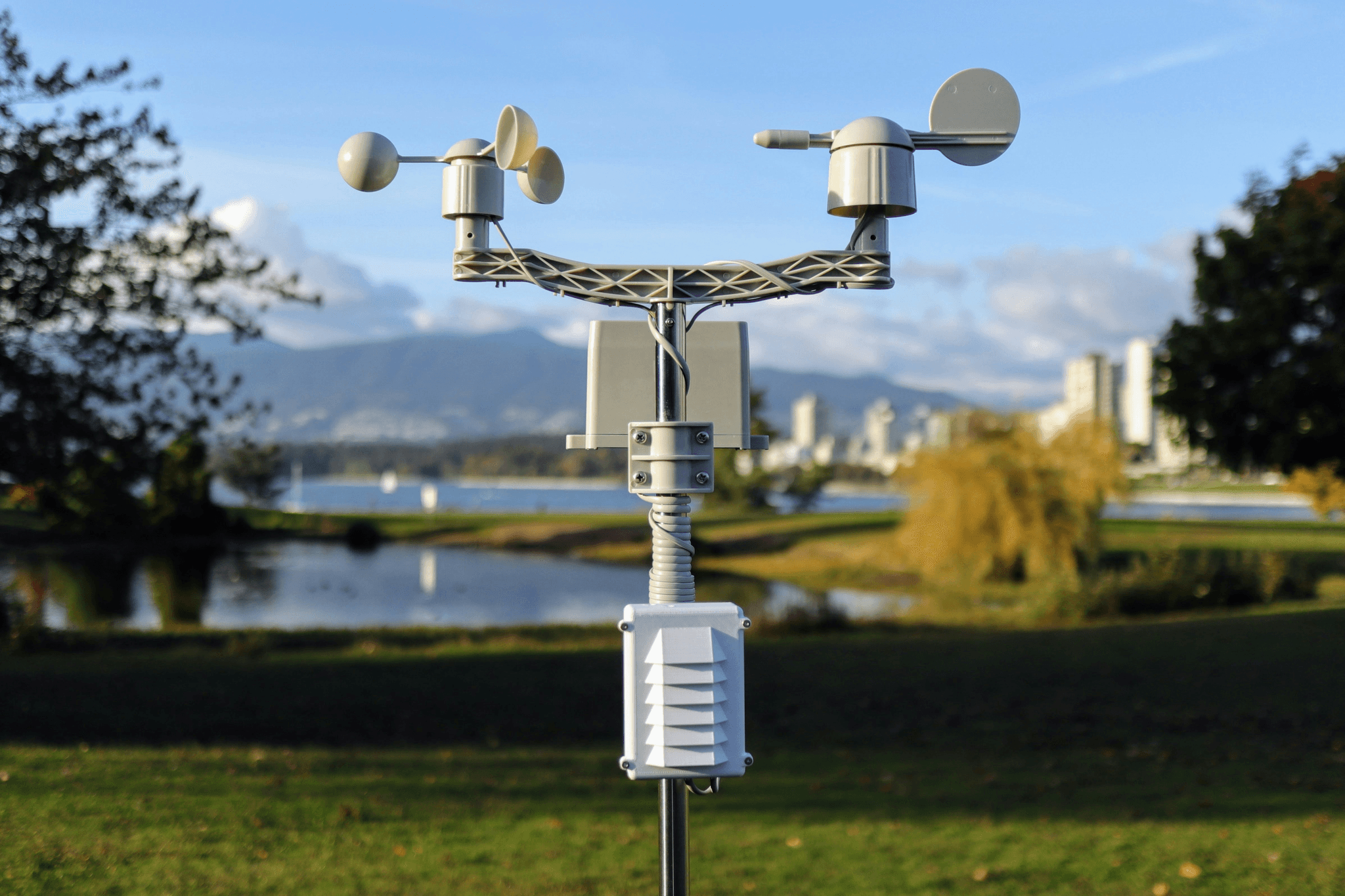
Haisen's Aviation Automatic Weather Observation Station is a game-changer in the realm of AWOS weather systems. Designed to provide continuous, real-time weather information at airports, it leverages cutting-edge technology to ensure that pilots and air traffic controllers have access to crucial data. This constant stream of information enhances situational awareness and plays a pivotal role in maintaining flight safety.
Continuous Real-Time Weather Data
One of the standout features of Haisen's system is its ability to deliver continuous real-time weather data, which is vital for effective decision-making in aviation. This capability ensures that pilots are always informed about changing weather conditions, allowing them to make timely adjustments to their flight plans. With this kind of data at their fingertips, the question What is AWOS in meteorology? becomes clearer—it's all about providing accurate and timely information to enhance safety.
Sensors and Parameters Monitored
Haisen’s AWOS employs a variety of sophisticated sensors that monitor key parameters such as temperature, wind speed and direction, visibility, cloud height, and atmospheric pressure. These measurements are essential for understanding current weather conditions and predicting potential changes that could impact flights. When discussing What is the difference between an ASOS and AWOS?, it’s important to note that while both systems gather similar data, Haisen's station focuses on delivering highly specialized real-time insights tailored for aviation needs.
Contributions to Flight Safety and Efficiency
The contributions of Haisen's Aviation Automatic Weather Observation Station extend well beyond just gathering data; they fundamentally enhance flight safety and operational efficiency. By providing precise measurements continuously updated in real time, pilots can make informed decisions regarding takeoffs, landings, and route adjustments based on current conditions rather than outdated information. The importance of this technology cannot be overstated when considering questions like What is the difference between AWSS and AWOS?—the latter prioritizes immediate access to critical weather metrics crucial for safe flying.
Conclusion
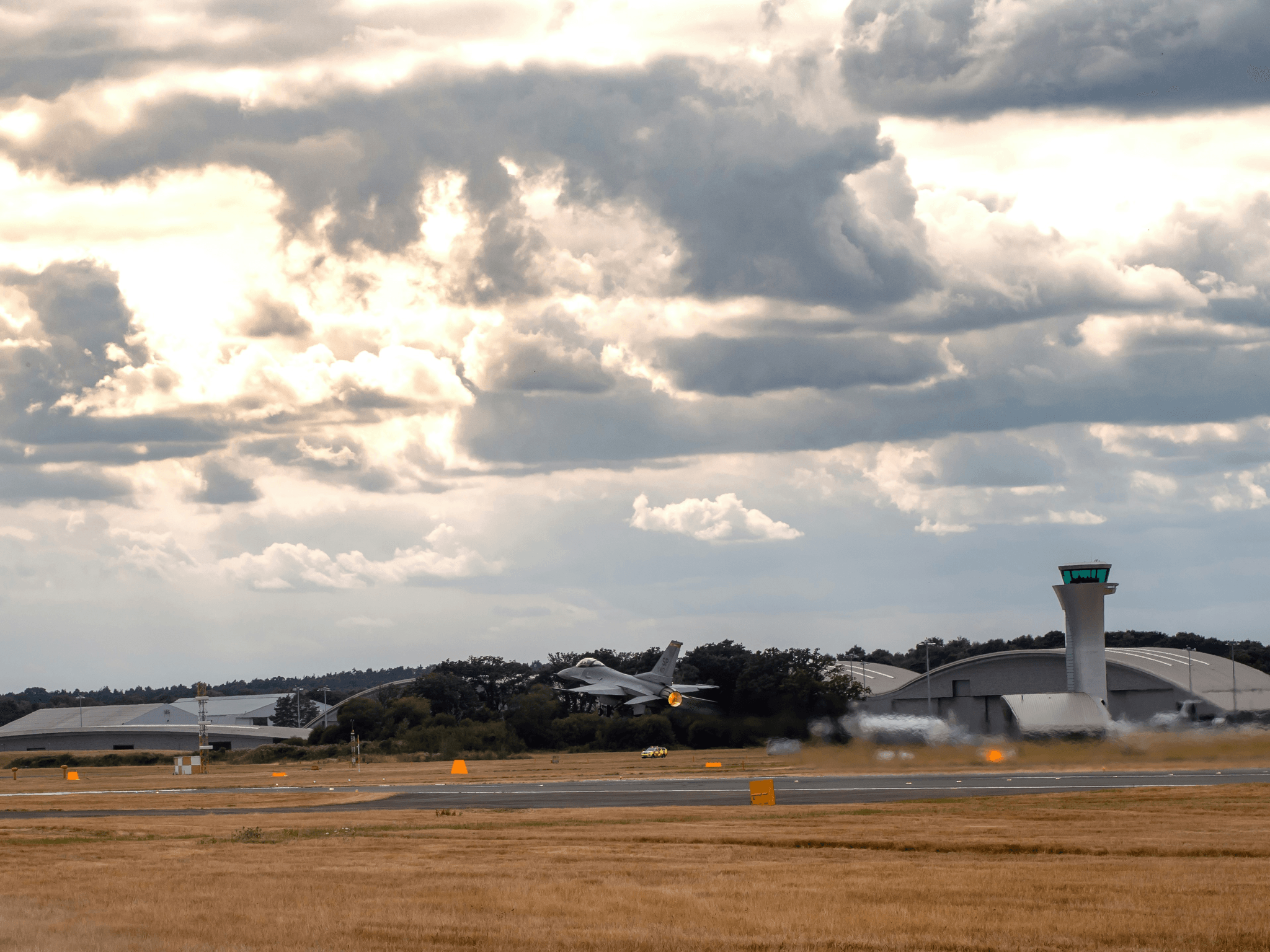
As we wrap up our exploration of AWOS weather systems, it’s clear that these tools are essential for enhancing pilot decision-making. The question What is AWOS in meteorology? leads us to understand that AWOS provides real-time data crucial for navigating the skies safely. By delivering accurate weather information, AWOS empowers pilots and air traffic controllers to make informed decisions, ultimately improving flight safety.
Enhancing Pilot Decision Making with AWOS
AWOS weather systems play a pivotal role in enhancing pilot decision-making by providing continuous, real-time updates on critical atmospheric conditions. With questions like What is the difference between an ASOS and AWOS? often arising, it’s important to note that while both systems provide weather data, their functionalities differ significantly in terms of automation and specific use cases within aviation. This nuanced understanding helps pilots trust the information they receive from AWOS, leading to safer flight operations.
The advancements in technology have made it easier for pilots to access this vital information at their fingertips. For example, with systems like Haisen's Aviation Automatic Weather Observation Station continuously monitoring conditions such as temperature and wind speed, pilots can make quick adjustments based on reliable data. This level of detailed awareness transforms how decisions are made during flights and increases overall safety in aviation.
The Future of Weather Monitoring in Aviation
Looking ahead, the future of weather monitoring in aviation promises exciting developments that will further enhance safety measures through advanced technology like AWOS 3 systems. As we ponder What is AWOS 3 in aviation?, it's evident that this iteration offers even more sophisticated features aimed at improving operational efficiency for pilots and air traffic control alike. With ongoing advancements in sensor technology and data analytics, we can expect more precise measurements that will shape how flights are planned and executed.
Moreover, integrating artificial intelligence with existing meteorological systems could revolutionize how weather forecasts are generated and interpreted within the cockpit environment. Imagine a future where real-time alerts about sudden weather changes come equipped with predictive analytics—this would be a game-changer! Such innovations will not only streamline operations but also reinforce the importance of accurate data provided by systems like AWOS when making critical flight decisions.
Ensuring Safety Through Advanced Technology
In conclusion, ensuring safety through advanced technology is paramount as we navigate an increasingly complex aviation landscape. Understanding What is the difference between AWSS and AWOS? sheds light on how these technologies complement each other while serving distinct roles within meteorological practices tailored for aviation needs. As both systems evolve alongside one another, they contribute significantly to maintaining high standards of safety during flight operations.
Ultimately, embracing innovations such as Haisen's Aviation Automatic Weather Observation Station exemplifies our commitment to enhancing pilot situational awareness by providing continuous real-time weather information at airports worldwide. By leveraging cutting-edge technology to monitor essential parameters like visibility and atmospheric pressure accurately, we can foster a safer flying environment for everyone involved in air travel—pilots included!
